Lavelle School for the Blind was established in 1904 to provide special education for children who are blind and visually impaired. In 1999, Lavelle School revised its charter to more accurately reflect its current mission and purpose: to educate students who are blind or visually impaired, as well as students with other disabilities. Lavelle School prepares its students to assume active roles in their communities and jobs, with many students completing vocational education and on-the-job training.
When the Impact Catalysts (as its predecessor firm, Root Cause) began working with Lavelle School in 2014, Lavelle School served approximately 145 students each year from preschool through age 21. Despite having a large property that was not fully utilized and an interest in serving additional students, Lavelle School was constrained by a tight budget, largely funded through New York State, and could not afford to increase its enrollment. Recognizing that funding from the state would never fully cover its costs, Lavelle School sought to develop a financial and strategic plan that would guide efforts to increase its financial sustainability through pursuing alternative income streams and identifying areas for cost reduction.
The Impact Catalysts team partnered with Lavelle School to conduct a strategic planning process, with a focus on building a financial plan that was well-grounded in market realities, but also reflected Lavelle School’s ambitions for increasing its reach and impact. Impact Catalysts engaged in a five-phase project that focused on gathering data through internal financial reviews and external environmental scans. Our findings indicated that Lavelle had both untapped resources, as well as new student populations it could serve. Using these insights, Impact Catalysts developed and refined a final financial framework and implementation plan in conjunction with a working group made up of board members and staff from Lavelle. The plan identified viable opportunities for Lavelle School to increase its revenue and achieve sustainability, to expand program services to new populations, and leverage existing resources in the short term to immediately improve its financial position. It mapped out revenue strategies over time and included short-term action steps to lay the foundation to achieve mid- to long-term financial goals, such as restructuring its board and beginning to develop an individual donor base and institutional philanthropic support.

